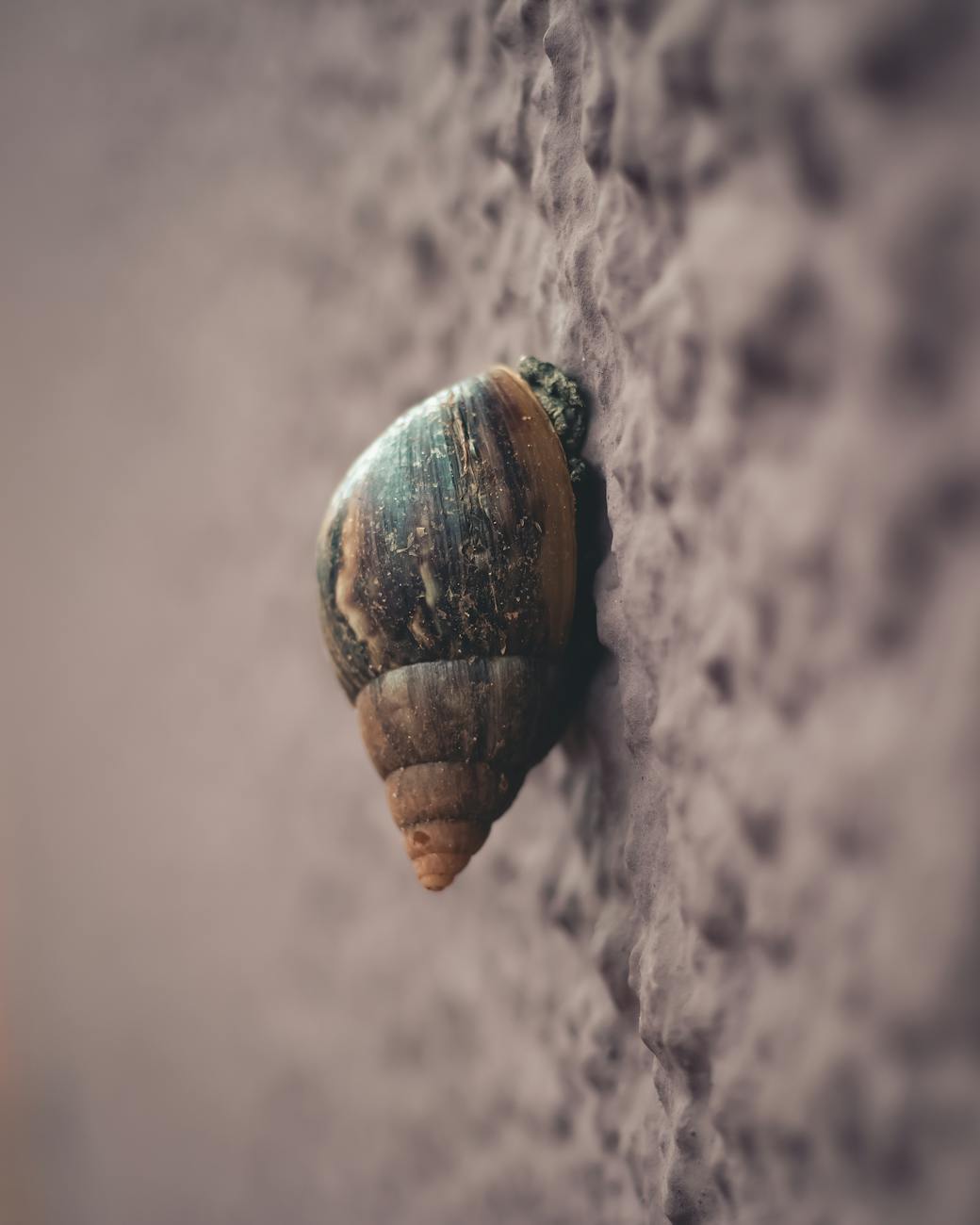Title: A Beginner’s Guide to Snail Farming: Profitable, Sustainable, and Low-Investment
Discover the beginner’s guide to snail farming. Learn how to start your own snail farm, breed snails, and tap into growing markets in food, cosmetics, and pharmaceuticals.
Introduce to Snail Farming
In the world of agriculture, many people are exploring unconventional yet profitable ventures. One such enterprise that is gaining traction is snail farming, or heliciculture. This simple yet rewarding farming practice has proven to be a sustainable source of income for small-scale farmers and entrepreneurs alike
Whether you are looking to provide a gourmet delicacy for the food market or tap into the growing demand for snail slime in the cosmetics industry, snail farming offers endless opportunities. Here is a comprehensive guide to get you started.
What Is Snail Farming?
Snail farming, also known as heliciculture, is the process of raising edible land snails for human consumption or cosmetic use. It’s a relatively low-investment agricultural practice that can be quite profitable if managed correctly. Here’s a general overview of snail farming:

Types of Snail
- Helix aspersa (Garden Snail): Known for its fast growth and adaptability to various climates.
- Achatina fulica (Giant African Snail): A large species commonly found in tropical climates.
- Archachatina marginata: Another giant African snail species, highly valued for its large size.
- Helix pomatia (Roman Snail): Known as the escargot snail, commonly used in French cuisine
Importance Or Benefits of Snail Farming
- Low Capital Investment: Snails require minimal infrastructure and space to thrive.
- Sustainable: Snails are easy to feed (they consume vegetables, fruits, and plants) and produce low environmental waste.
- High Market Demand: Snails are prized for their high protein content, low fat, and use in gourmet dishes, particularly in Europe.
- Multiple Uses: Beyond food, snails are used in cosmetics (snail slime is used in beauty products) and in pharmaceuticals.
- Sources of income: Sources of income to small scale farmers.
Steps to Start Snail Farming (Beginner’s guide to Snail Farming)
1. Choose a Snail Breed: Select species based on your local climate and market demand.
2. Build the Farm: Snails need an enclosure that protects them from predators. The environment should be moist with vegetation, and the soil needs to be soft for laying eggs.
3. Breeding: Snails are hermaphrodites (having both male and female reproductive organs), which simplifies breeding. They can reproduce frequently, laying clusters of eggs.
4. Feeding: Feed snails vegetables, fruits, and grains. Calcium-rich supplements like crushed eggshells or chalk can improve shell development.
5. Harvesting and Processing: Harvest mature snails (usually after 6–12 months), purge them by removing their stomach contents, and then process them.
When your snails reach maturity, it’s time to harvest. One crucial step before selling snails is purging, which involves removing their stomach contents to ensure clean, safe meat. This is done by feeding the snails only water or non-toxic feed for a few days. Once purged, snails can be processed by boiling, freezing, or drying, depending on your market.
Problems Of Snail Farming
- Climate: Snails prefer warm, humid environments. Cold or dry climates require more control (greenhouses or artificial moisture).
- Predators and Pests: Birds, insects, and rodents may attack snails.
- Disease: Overcrowding or poor hygiene can lead to diseases in snails.
Marketing Of Snail Products
- Culinary: Gourmet restaurants, food processors, and local markets.
- Cosmetic and Pharmaceutical: Skincare brands using snail slime for anti-aging and healing properties.
In summary of Beginner’s guide to Snail Farming
Is Snail Farming Right for You? Snail farming is a great option for those looking for a sustainable, low-investment agricultural venture with the potential for significant returns. Whether you’re interested in producing snails for gourmet restaurants, tapping into the booming cosmetics industry, or both, the opportunities are plentiful. With careful planning, patience, and the right approach, snail farming could be the key to a profitable, eco-friendly business.
If you’ve been thinking about starting an agricultural project that’s both rewarding and aligned with sustainable practices, why not give snail farming a try? The path to success may be slow, but the rewards are well worth the effort!
Start now!!!
Revision Questions for students
- What is snail farming?
- List 3 types of snail
- What are the basic beginner’s Guide to snail farming mentioned above?
- Outline 4 benefits of snail farming
- And discuss the problems of snail farming.
